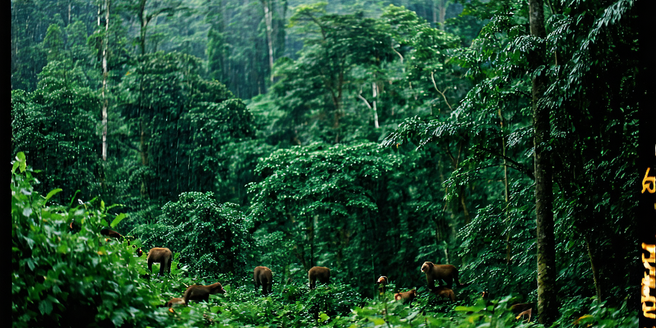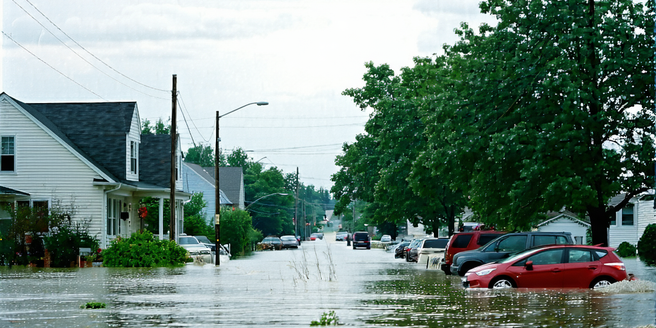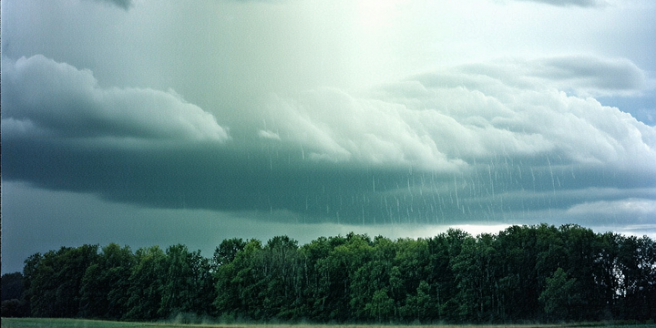La Niña And Precipitation Patterns
Understanding La Niña: A Climate Phenomenon La Niña is a climate pattern that is part of the larger El Niño-Southern Oscillation (ENSO) cycle. It occurs when there is a periodic…
El Niño And Supply Chains
Understanding El Niño: A Brief Overview El Niño is a climate phenomenon characterized by the warming of surface waters in the central and eastern Pacific Ocean. Occurring every few years,…
Storm Tracking: Winter Weather Apps
Understanding the Importance of Accurate Storm Tracking Apps Accurate storm tracking apps are crucial for public safety, allowing users to anticipate severe weather conditions and make informed decisions to protect…
Mountain Weather Predictions Enhanced By Radar
Understanding Mountain Weather Patterns Mountain weather is notoriously unpredictable due to rapidly changing conditions influenced by altitude, terrain, and wind patterns. Understanding these factors is crucial for accurate forecasting. Mountain…
Cold Fronts And Renewable Energy Challenges
Understanding Cold Fronts: A Meteorological Overview Cold fronts represent the leading edge of a cooler mass of air, replacing a warmer air mass at ground level. Typically, they move from…
Cold Fronts Impacting Agricultural Pest Management
Understanding Cold Fronts and Their Formation Cold fronts are significant weather systems formed when cold air masses replace warmer air. They feature a steep boundary and are characterized by a…
Cold Fronts’ Influence On Canine Health
Understanding Cold Fronts and Weather Patterns Cold fronts occur when a mass of cold air moves into a region, often leading to a rapid drop in temperatures. These fronts are…
Collaborative Platforms For Weather Research
Introduction to Collaborative Platforms in Meteorology Collaborative platforms in meteorology have revolutionized how weather data is collected, analyzed, and shared. These tools bring together researchers from around the globe, allowing…
Severe Storms And Community Resilience
Understanding the Impact of Severe Storms on Communities Severe storms pose significant threats to communities across the globe, affecting infrastructure, disrupting livelihoods, and endangering lives. These natural disasters result in…
Influence Of Atmospheric Pressure On Aircraft
Understanding Atmospheric Pressure Atmospheric pressure is the force exerted by the weight of air in the atmosphere. It is fundamental to various natural phenomena and critical in the context of…










